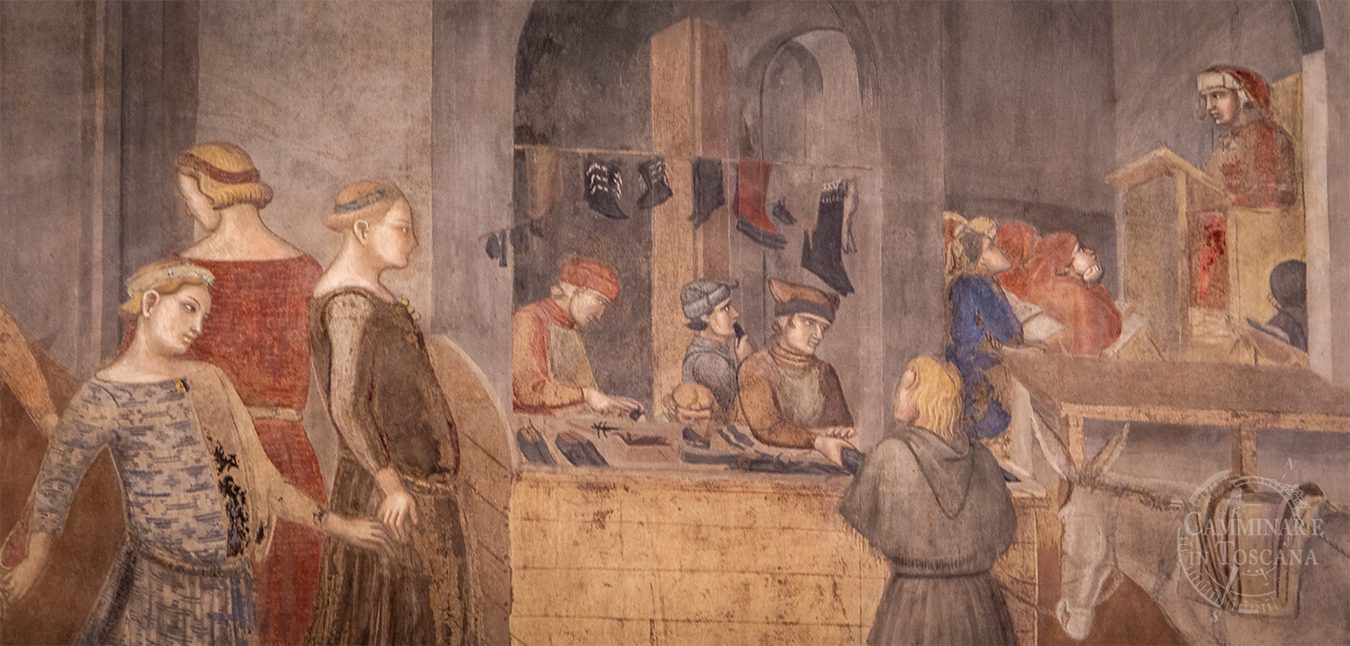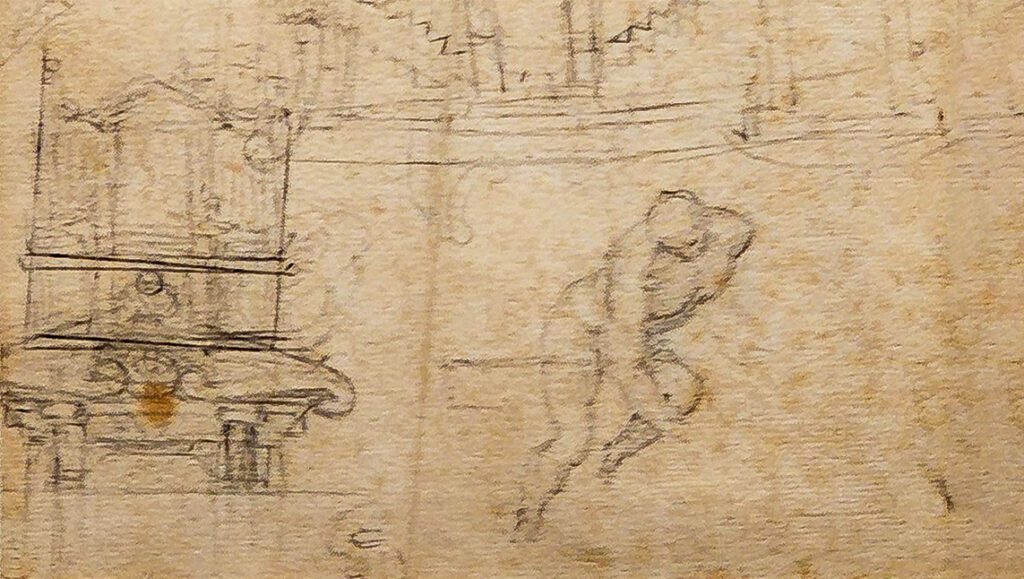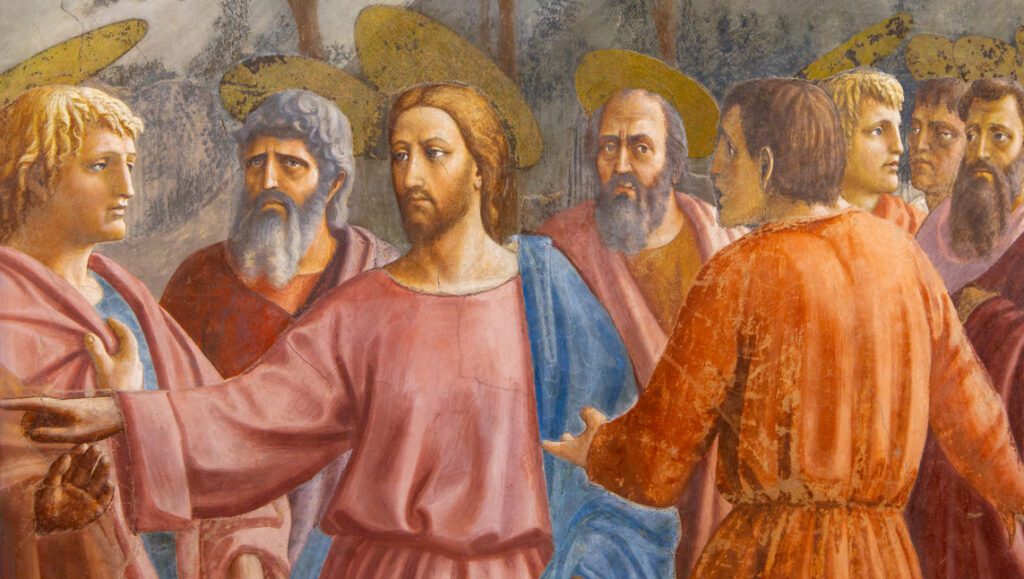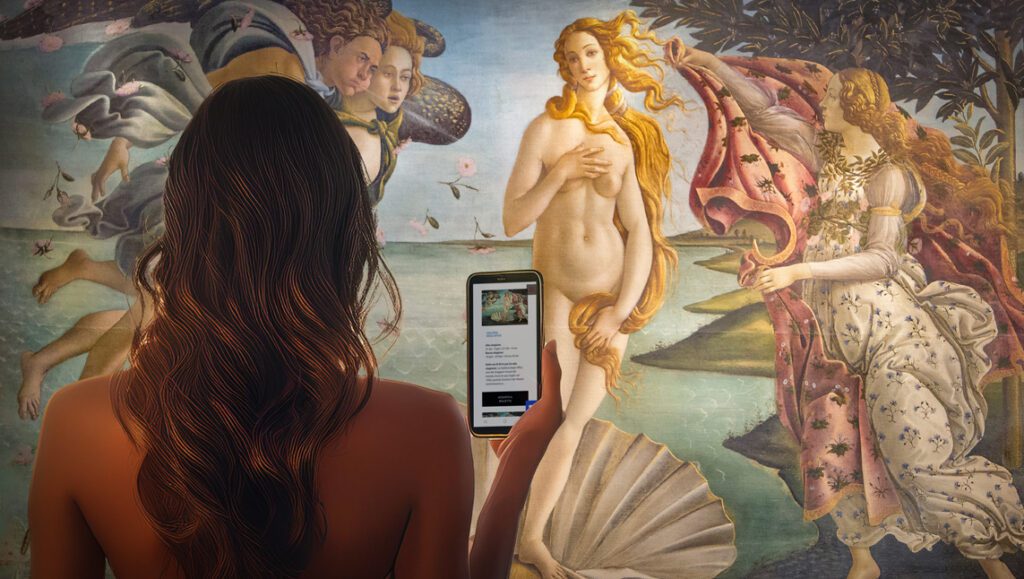
Palazzo Pubblico, a magnificent example of medieval art
The Siena Palazzo Pubblico is not only one of the best preserved buildings in the medieval city, but also a treasure chest of inestimable value for its uniqueness and expression of that “medieval civilisation” for which Siena is so well known throughout the world.
Its visit therefore becomes an experience for a tourist, significantly contributing to having an idea of how Siena stands out so much, in the Italian and European purview, among the historic centres that have preserved memory of the Middle Ages.
It can be affirmed with all force the Middle Ages in Siena is a tangible component, not only in the architecture itself, but above all in the conservation of one of the best-known figurative testimonies of all medieval art: the cycle of the Effetti del Buono e del cattivo governo in città e in campagna (Effects of the Good and the Bad Government in the city and in the countryside), also simoly known as Buon Governo, painted by Ambrogio Lorenzetti in the Siena Palazzo Pubblico.
Created in 1338, the cycle decorates the walls of the Sala della Pace in Palazzo Pubblico, the town hall, and is the most illustrious testimony of medieval profane themed paintings; this entails that what you see in this room in the Palazzo Pubblico is not yet another cycle of religious subject stories with a but rather a succession of images showing the mid-fourteenth century Siena seen through the eyes of the artist and of his contemporaries.
Far from being a mere photograph of the Siena of the time – as there are many political implications of these images, commissioned by the government at the time – Lorenzetti’s frescoes give us back the social, working, urban dimension of the Siena of that time. This is the reason that prompted many medieval disciplines scholars and beyond to carefully study the scenes and characters apperaing in this cycle of frescoes.

Effetti Buon Governo in città, A.Lorenzetti, Palazzo Pubblico, Siena
The Buon Governo, the title by which in Siena we refer in an abbreviated way to these famous frescoes, is the flagship of Sienese art and has gone down in history to reflect, through these frescoed images, what is considered the heyday of Sienese politics and art: we are in fact in the era in which Pietro and Ambrogio Lorenzetti were working in the city; until a few years earlier Simone Martini had worked there, another great artist who had frescoed a very refined Maestà in the adjacent room – that of the Mappamondo; from a political point of view we are in the era in which Siena has reached its peak.
The mystery of the Port of Talamone
At that time, the possibility for the Sienese republic to emulate the glorious history of the Maritime Republic of Pisa was near at hand, as the representation of the Port of Talamone in one of the corners of the large fresco of the Buon Governo in Palazzo Pubblico suggests.
What if that’s not actually the case?
What if that port of Talamone frescoed by Lorenzetti weren’t actually the work of him but of later age painters? If so, what are the reasons that led to the representation of the Maremma locality?
The series of hidden messages in the Buon Governo
The Port of Talamone is part of the series of details of Buon Governo cycle in Siena Palazzo Pubblico, represented not to reproduce a common daily life scene – see, for example, also the threshing of wheat by some labourers, or the unusual presence in the foreground of the shoemaker’s shop – but rather to enclose precise messages missed by many people.
If you want to discover the hidden meaning behind the scenes of the Buon Governo cycle, I will be happy to take us on a guided tour to discover this masterpiece ⟢



